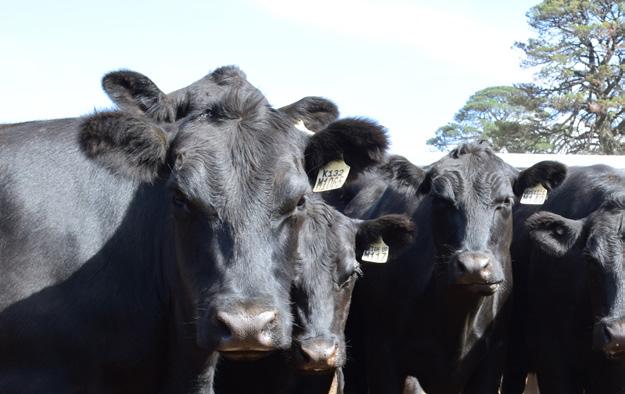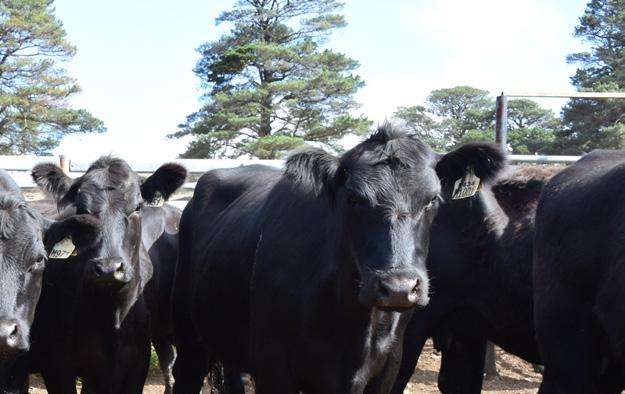
2 minute read
Things to consider when structural scoring
When structural scoring animals, it is important to be objective in the assessment and not make adjustments to allow for nongenetic factors that may influence the structure of the animal.
STOCK CLASS
Structural soundness can be influenced by the stock class of an animal. Typically, as general rules we see; · The feet and udder of animals deteriorates as they age.
The udder will also be impacted by the number of calves the cow rears. · Older animals will have more pronounced bone structures then younger animals. It is important that the same criteria are used when scoring different stock classes. For example, don’t be more lenient when scoring older animals, by comparison to younger animals.
IMPACT OF ENVIRONMENT
Like all traits, environment has an impact on the phenotype we see expressed. When assessing structural characteristics, it is important that animals are scored based on the phenotype that they express and allowances are not made for the environment in which they are raised. Some environmental conditions can increase the presence of poor structure. Most notably, sandy soil in arid areas typically leads to a great prevalence of cracks and length of claws in cattle. This should not affect the scores given to animals raised in this type of environment.
HOW THE ANIMAL STANDS
When scoring animals, particularly for rear leg side view and rear leg hind view, scorers should take the time to ensure the animal is standing correctly. When put under pressure from observers, animals can stand in unnatural positions or with weight unevenly distributed. This can mean features particularly associated with the rear leg structure can be inaccurately scored. Animals should be assessed for lameness prior to scoring, as lame animals may stand in unnatural positions in response to the cause. Animals which are lame at the time of scoring feet and leg traits should not be scored.
TRIMMING
Foot trimming can significantly affect the score given to an animal. For this reason, it is critical that animals are scored before any trimming is undertaken. If the animal has previously been trimmed it is important that management groups appropriately reflect past trimming events. This is not limited to the year of scoring and individuals which have had hoof trimming performed in previous years should be assigned an appropriate management group.
CALF AT FOOT
When assessing udder traits it is important to consider the impact the calf has on the expression of the udder traits. Calves that have recently fed, may cause the udder of the cow to appear uneven or effect the expression of teat size and shape.











